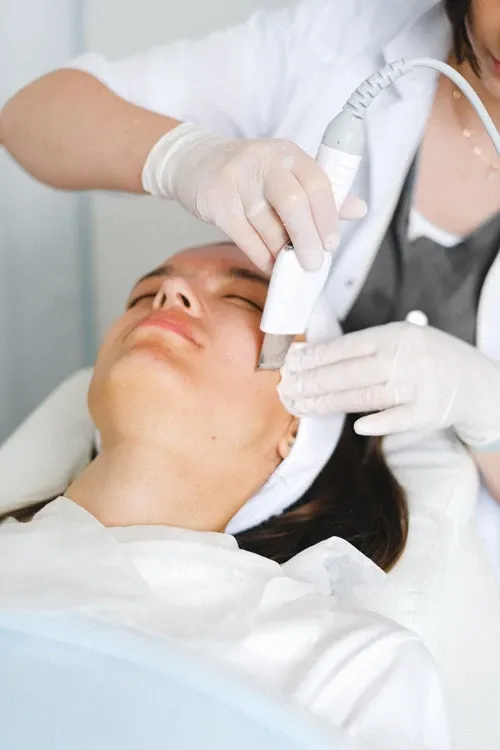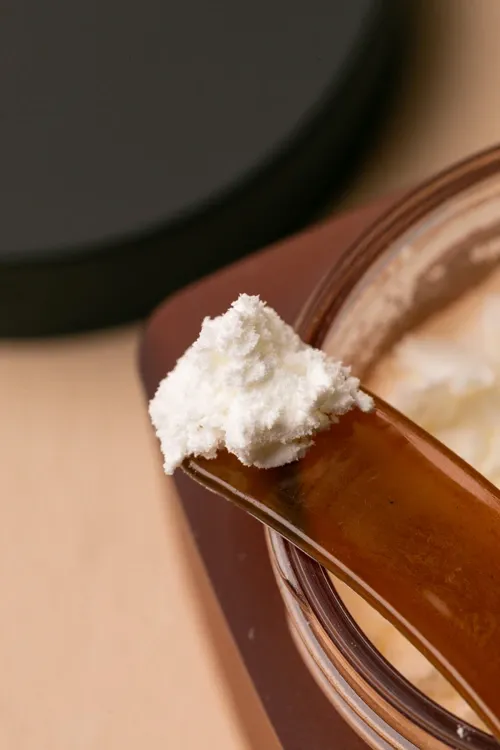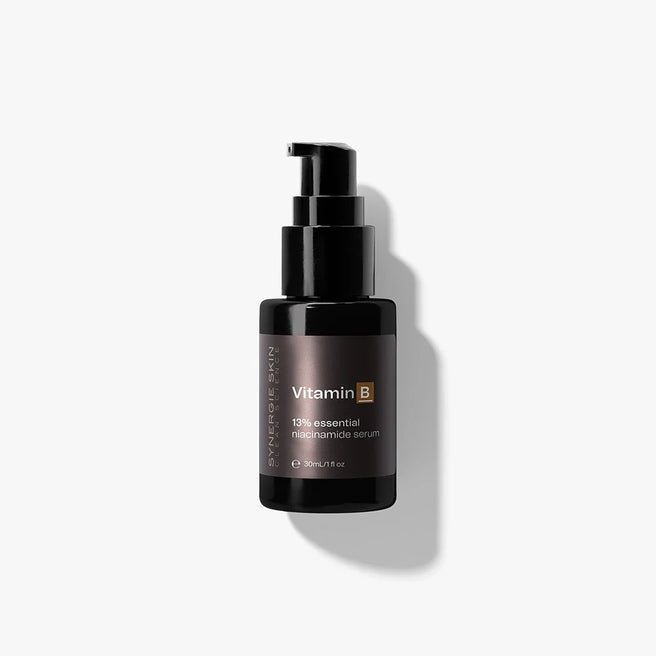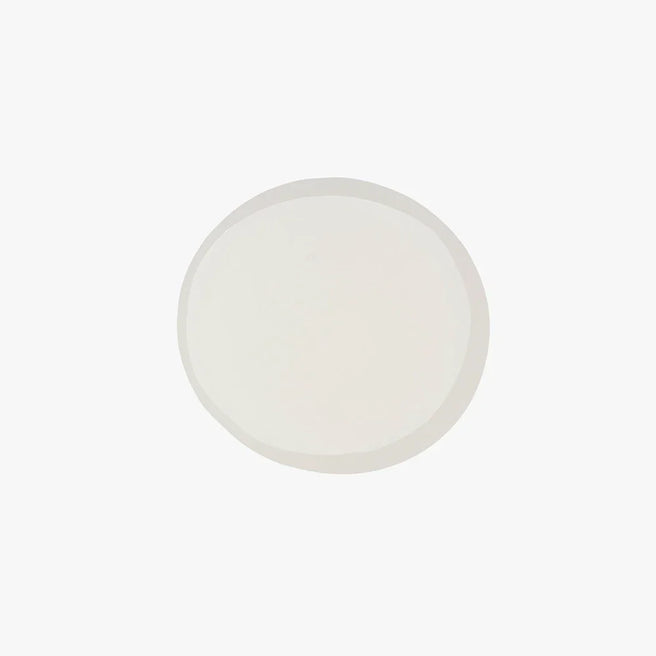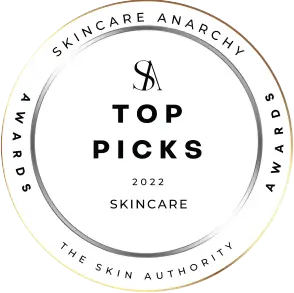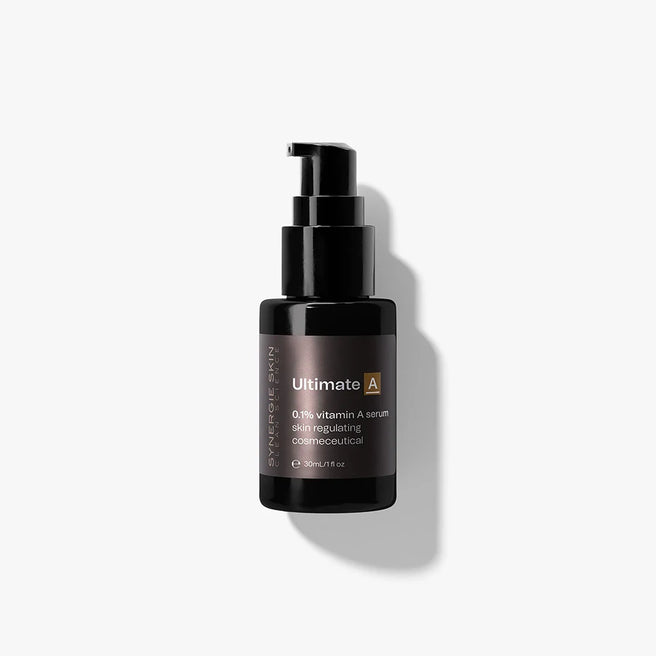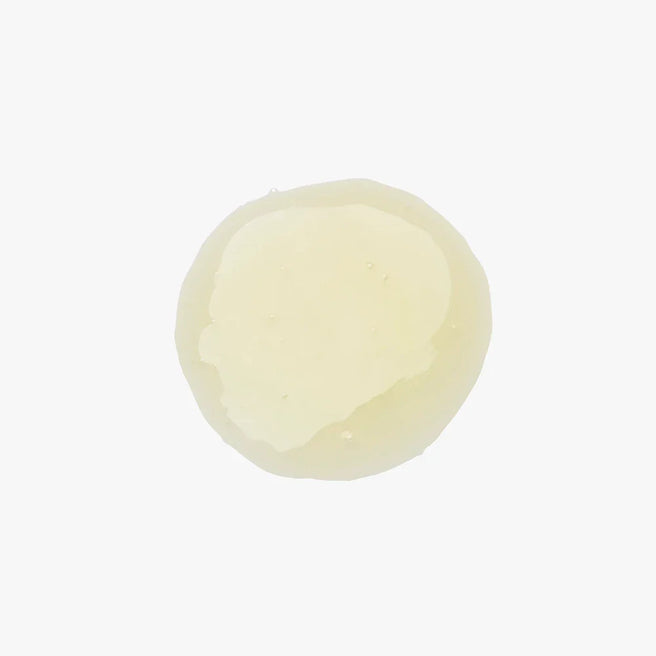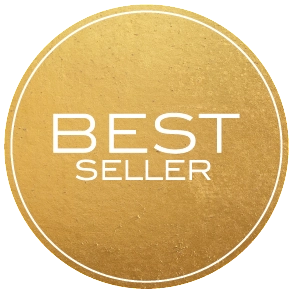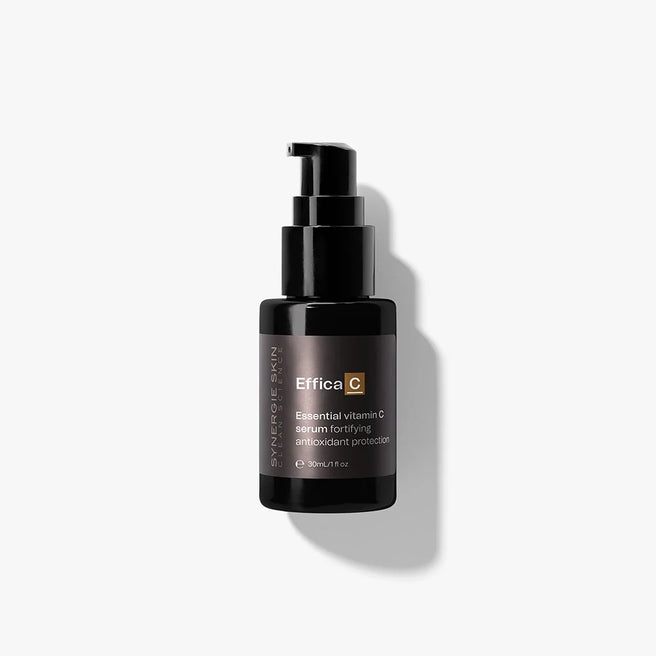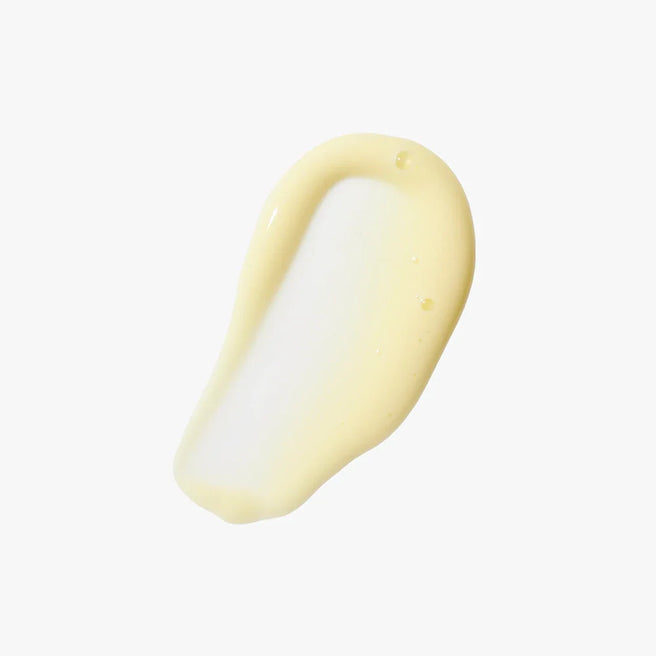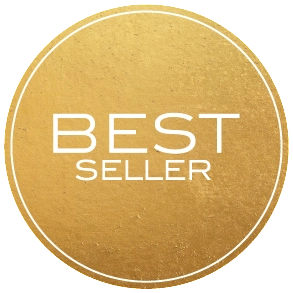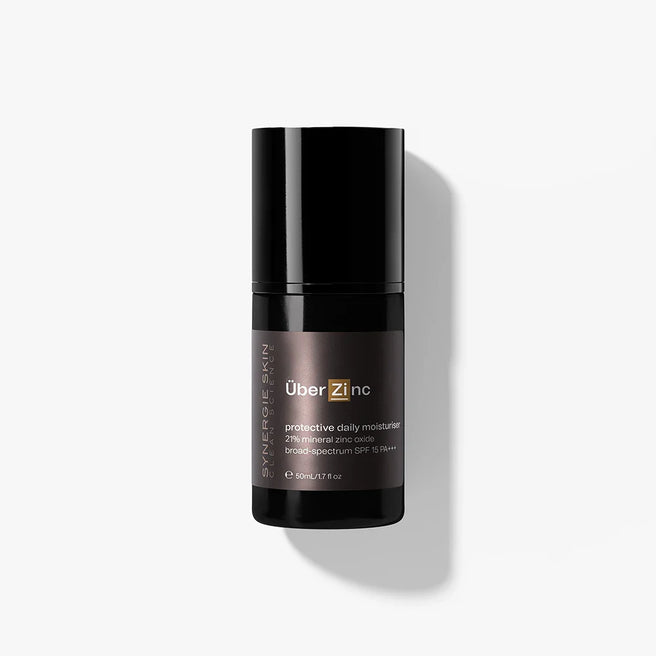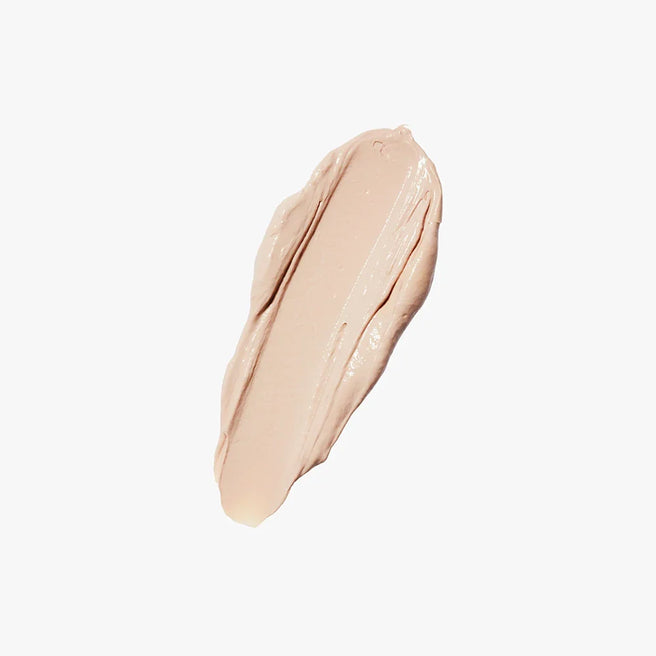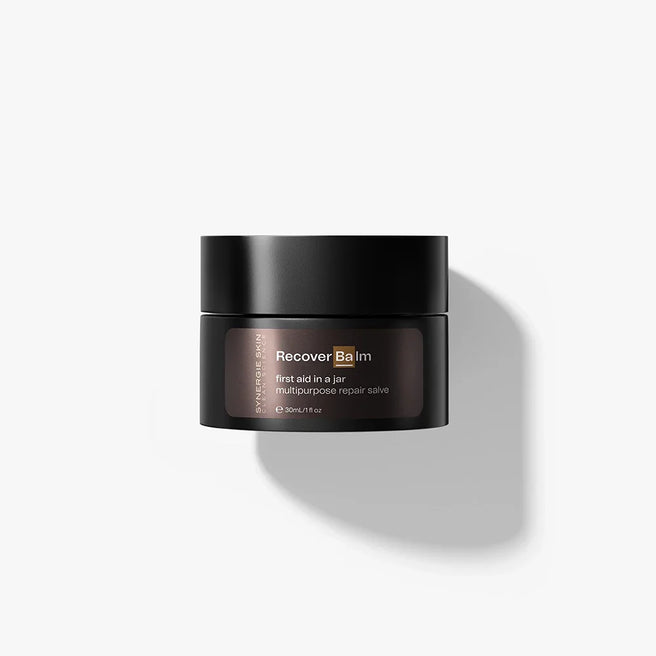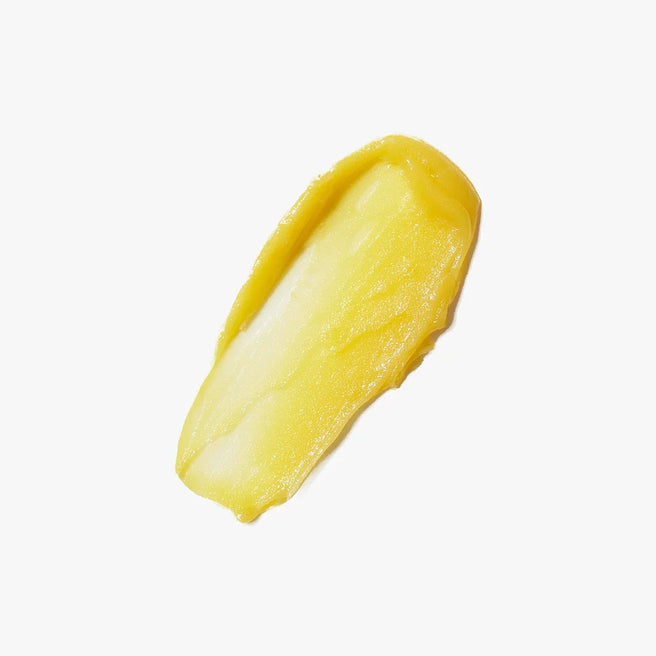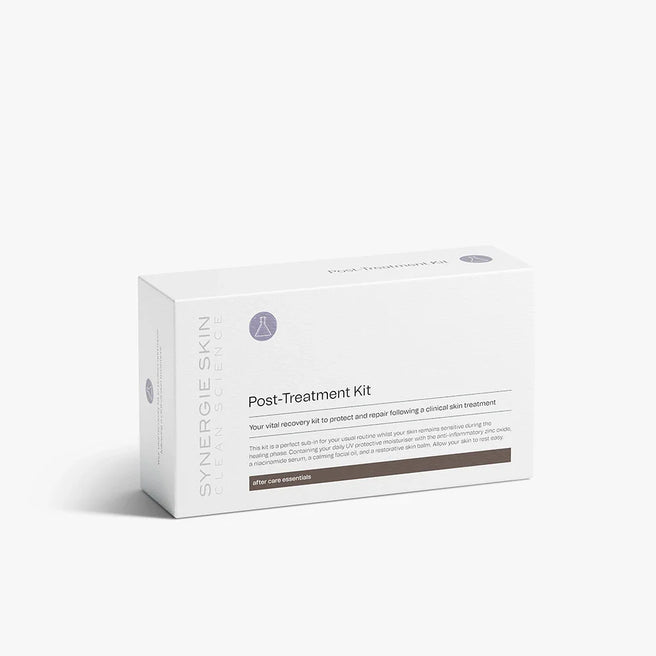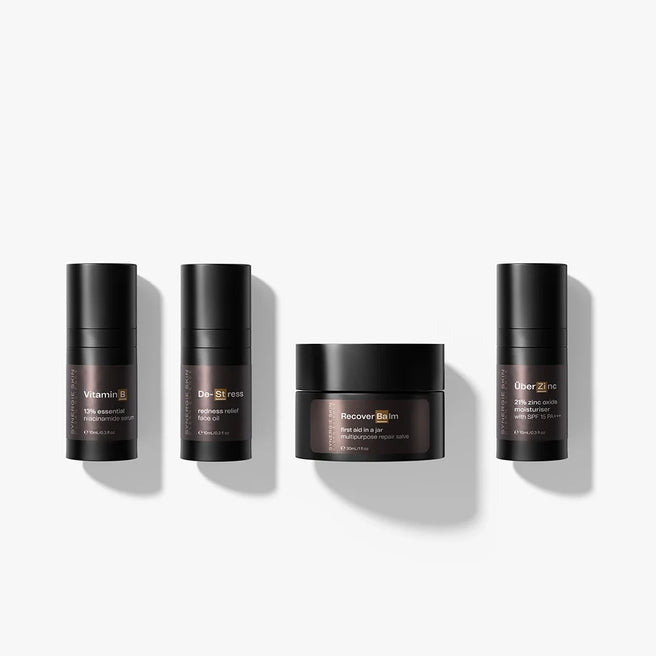With in-clinic and at-home skincare solutions
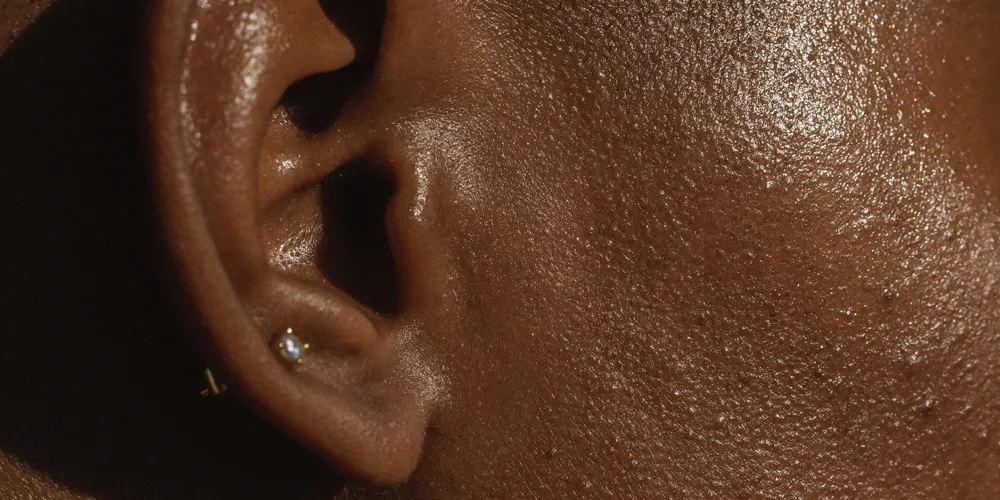
Acne scarring is so much more than a side effect of severe acne, as it can also cause confidence issues in both adolescents and adults.
The risk of acne scarring can be minimised by successfully treating and controlling the acne until hormonal regulation is achieved. Some individuals are more prone to scarring, particularly those with deeper skin tones. So, let’s outline the various levels of scarring and how they can be treated.
The levels of acne scarring
Low-level scarring
Superficial scarring only affects the epidermal skin layer. These scars are often evident as redness or slight brownish pigmentation (post inflammatory hyperpigmentation). These are not technically scars. They will generally heal with a topical skincare routine for acne, low-level chemical peels, IPL, LED therapy, and lasers designed to treat redness and hyperpigmentation.
Mild acne scarring
This can be successfully treated with skin needling (CIT), fractional laser, radiofrequency (RF) therapy and dermal fillers. Treatments should also work in tandem with a combined daily topical skincare routine for acne.
Moderate scarring
Can be treated with the same modalities and topicals as above with the addition of ablative treatments such as CO2 laser to treat deeper scars.
Severe scarring
This type of scarring is deep and may need a treatment called CROSS therapy using concentrated trichloroacetic acid (TCA) placed directly on the scar to create a controlled acid burn. Punch grafting techniques can also be used where the scar is excised and filled, often with skin grafts, fat transfer, or dermal filler. These treatments are associated with more risk and must be performed by a qualified doctor.
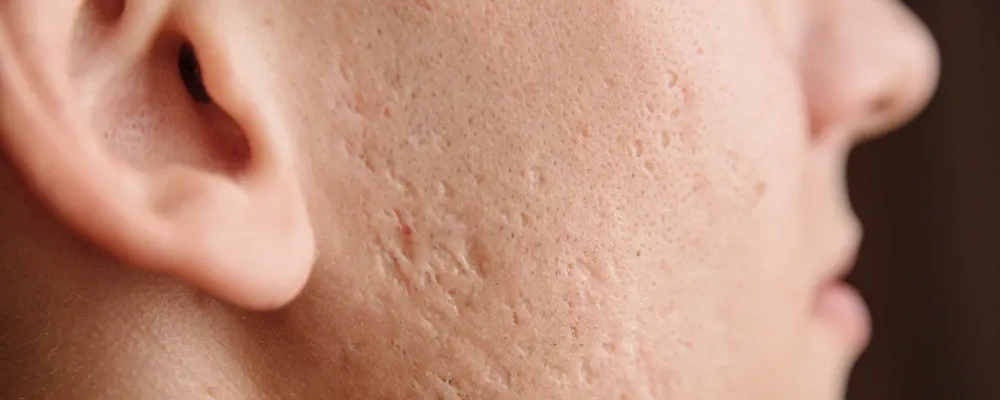
Classifying acne scars
Ice pick scars
These scars are under 2mm wide with defined edges usually due to acne. They are conical or cylindrical in shape and appear as large, empty pores. These scars are difficult to camouflage.
Box scars
These scars can appear like rolling scars but have clearly defined margins with vertical box-shaped profile in cross-section. Box scars can be shallow or deep and can resemble chicken pox scars.
Rolling scars
These are generally over 5mm wide and have rounded sloping edges giving the skin a rippling texture. There is also a category of severely raised scars called keloid or hypertrophic scars. This is often the result of injury or surgery rather than acne and is treated with local steroid therapy and/or vascular laser. These scars result from the overproduction of collagen in an abnormal response to healing.
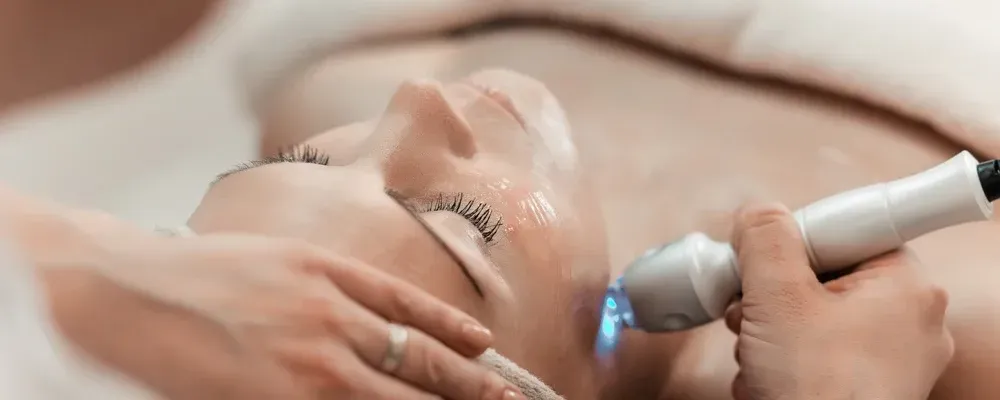
Acne scarring treatment
Treating acne scars may seem overwhelming at first, so we’ve made a comprehensive breakdown of the top in-clinic treatments below, followed by an at-home skincare routine for acne to reduce inflammation whilst supporting collagen production and barrier repair.
1. Clinical treatments for acne scars
Skin needling (collagen induction therapy)
Skin needling creates a controlled injury to the deeper dermis. Only a fraction of the skin is injured but a significant healing response is triggered to produce collagen production and textural improvement. All skin types can be treated. There is little social downtime and side effects are minimal. Eight to ten fortnightly-to-monthly treatments are recommended by a qualified skin clinician; optimal results are achieved after twelve months when new collagen has matured. Skin needling for acne scars will reduce the surface depressions and is recommended for ice pick, rolling and box scars. If you are seeking professional treatments such as skin needling, you can find a Synergie Skin affiliated clinic near you.
2. Acne scarring laser treatment
Fractional laser
This is a non-invasive treatment and leaves the skin surface intact. Fine targeted lasers cause channels of heat injury to the epidermis and dermis resulting in collagen remodelling. The skin surface will be inflamed and swollen for around five days. Ice pick scars are successfully treated with approximately five treatments every four weeks.
Ablative laser (CO2 laser)
There is significant downtime with this treatment as the entire skin surface is injured and resurfaced. CO2 laser causes total tissue vaporisation and can improve acne scarring by up to 80% due to the new collagen stimulation and a reduction in surface defects. Complications of this treatment can include infection, milia formation and post-inflammatory hyperpigmentation (PIH) which may present around 4 weeks after treatment in darker skinned patients.
3. Cosmeceutical treatments for acne scars
Key ingredients for targeted results
Clinical scar therapy should be paired with a great at-home skincare routine for acne to maintain optimal results. Look for cosmeceutical ingredients that target collagen production, reduce inflammation, and promote healing and barrier repair.
Here are our top recommendations:
Vitamin B serum
Vitamin B stimulates the production of the major skin barrier proteins to promote healing and protect the skin surface from inflammation. It also promotes collagen regeneration for remodelling of scars and reduces hyperpigmentation which may be a side effect of scarring or scar treatment. For barrier strengthening and healing, shop Vitamin B.
Vitamin A serum
Vitamin A, particularly in the form of stabilised retinol aids in collagen and new surface cell production, is important in the healing process. Vitamin A helps with the production of healthy blood vessels in the dermis to enable vital supply of skin nutrients and removal of toxins during scar healing and treatment. For collagen production, shop Ultimate A.
L-ascorbic acid
L-ascorbic acid is essential for wound healing due to its ability to stimulate collagen, reduce redness and lighten pigmentation. Vitamin C is often used in scar therapy following fractional laser and ablative laser which may produce significant inflammation. For wound healing, shop Pure-C crystals or Effica C.
Physical sunscreen
Using a physical sunscreen daily is also imperative to protect skin against UV light. If the skin is healing both during scarring and following scar treatment, it is more susceptible to solar damage. Opt for a mineral zinc oxide for UVA/UVB and infrared protection. Zinc oxide is also a natural anti-inflammatory to aid the healing process. Mineral makeup such as Synergie Minerals foundations can be applied once the skin surface has commenced healing. For sun protection, shop ÜberZinc.
Nurturing your skin - pre and post-treatment
Taking care of your skin before and after treatments will bring you long term benefits and help you get the most out of your treatments. This includes boosting your antioxidant defences, preventing post-inflammatory pigmentation, and restoring the skin barrier in order to accelerate the natural healing process.
Pre-treatment prior to scar therapy
- Pure-C Crystals or EfficaC – prepares the skin with protective antioxidants
- Ultimate A and Vitamin B – helps lighten uneven skin tone and reduce the incidence of post-inflammatory hyperpigmentation
- ÜberZinc – protects skin against solar damage
Post-treatment following scar therapy
- Pure-C Crystals or Effica C – reduces redness and inflammation while the skin is in its healing phase
- Vitamin B – restores protective barrier on the skin
- Recover Balm – all purpose skin-repairing balm that soothes dry and irritated skin. Enriched with calming botanical extracts and antimicrobials, this nurturing balm melts into the skin to soothe, hydrate and restore a damaged skin barrier
- ÜberZinc – don't undo the healing! Sun protect.
Our Post-Treatment Kit is a perfect mini after-care kit including most of the products recommended following scar therapy. During the healing phase, avoid retinoids and strong acids as this may cause further inflammation. Sun protection is vital at all stages of scar treatment. A normal skin care routine may be resumed once all signs of skin redness and inflammation have subsided.




